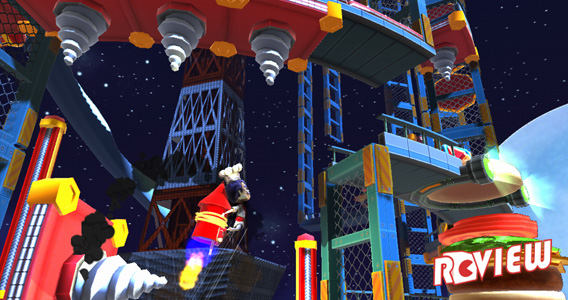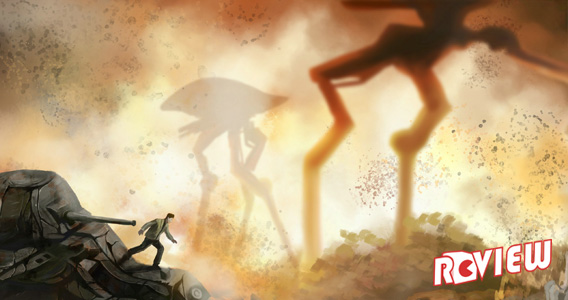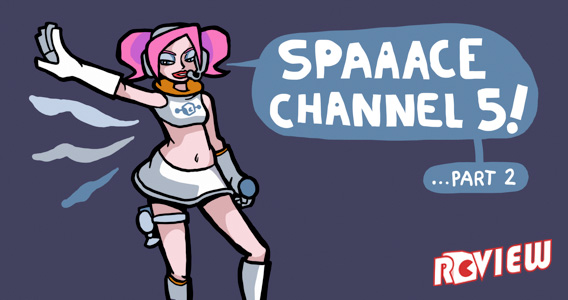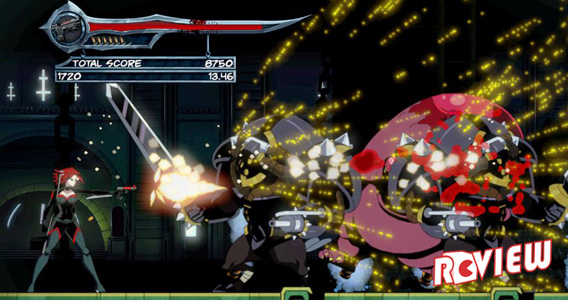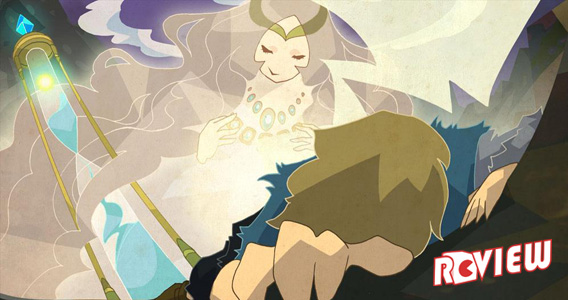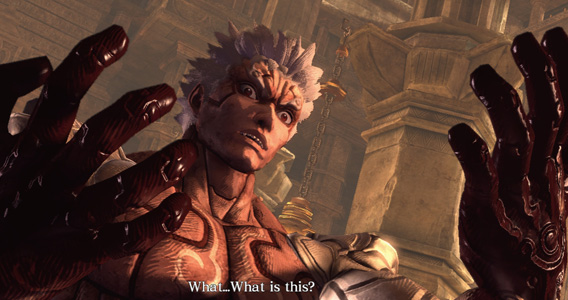
Swinging the many furious fists of an angry stone God can now be sampled on both the Xbox 360 and PlayStation 3, courtesy of a demo for CyberConnect 2’s upcoming Asura’s Wrath, which appears to pioneer the genre of Anime-Action-Space-God-Epic.
If you don’t find some mix of humor and awe in that bold new label, stepping into Asura’s heavy shoes may require checking a certain amount of reason at the door – this demo provides access to two separate chapters that are both heavy on chaos and light on narrative explanation. And as much as I favor firm narrative ground, there’s an abstract sense of sense to appreciate all the same here in addition to the ludicrous lengths the game goes to in order to tickle your “hey ain’t that cool” bone.
Both sample chapters also present breaks with title cards, as if I were actually watching an anime series on television – color me intrigued as to how that might play out further in the presentation.
As for the mix of gameplay offered – and it is mixed – there’s a definite sense of two streams converging into one enthusiastic hyper-thread attempting to build on existing real estate. That’s my way of suggesting that whilst playing, one certainly feels the Platinum Games’ philosophy of ever increasing moments of insanely impossible but irrefutably amazing feats, such as flinging a God into space only to have him return larger than the planet you just tossed his ass off of, or being stabbed by an extending sword that pushes you off one planet and into space only to then push you through the core of an entirely new planet. These things happen in Asura’s Wrath, presenting a new benchmark for ridiculous over-the-top action that I want to lamely label anime-approved-cool or some such nonsense.
But there’s also a bit of Ninja Blade’s determination to make something more useful of those pesky quick-time button prompts, which Asura’s Wrath also has plenty of – many of them attempting to draw a connection between cinematic styled sequences and your existence as a player versus a spectator, adding some ground by having you push the analog sticks to make Asura literally stand his ground during an attack for instance. There are also moments where you attempt to press buttons at the right time, mash buttons, and curse while rotating an analog stick in a fashion that seems to fly in the face of how normal humanoids hold controllers.
There are times when the experience is more traditional, dodging bullets from an overhead ship and getting in front of missiles for a chance to throw them back comes to mind. Boss encounters also present familiar patterns for dodging, with a bit of button mashing attached at the confrontation mark. But the rhythm is constantly shifting here, always looking for the next new plateau to separate the current action from a previous one.
The much shorter appraisal is that Asura is a God who spends a great deal of time being pummeled by other Gods until reaching his Hulk factor and filling the screen with explosive rage. How could you not want to break from listening to me and go check that out for yourself?
Oh hey and if you do, be sure to swing back around and let me know what you think.
